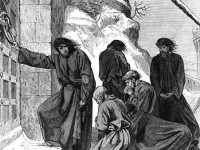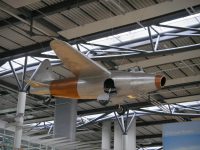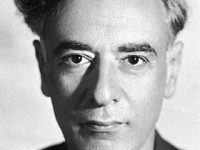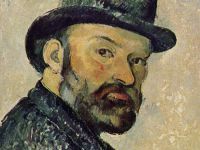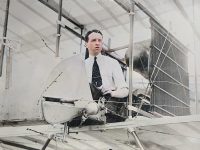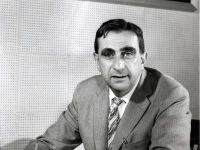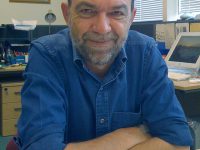Henry IV and his Walk to Canossa
On January 25, 1077, Holy Roman Emperor Henry IV arrived at the gates of the fortress at Canossa in Emilia Romagna beyond the Alpes to declare atonement and to pledge for forgiveness from Pope Gregory VII, who had excommunicated Henry earlier from church. Henry’s act of penance became known as the “Walk to Canossa”. It took wisdom, patience, and self-restraint. It was also a brilliant strategy because he basically forced the Pope to forgive…
Read more

